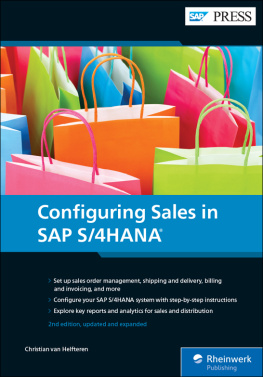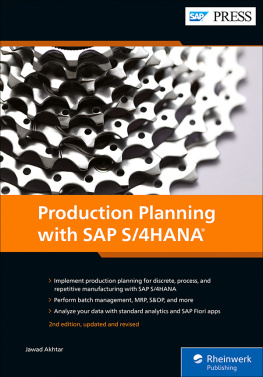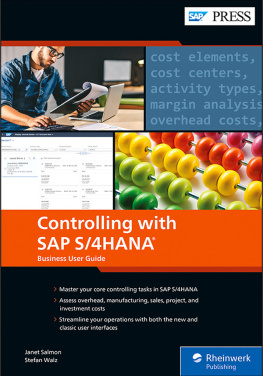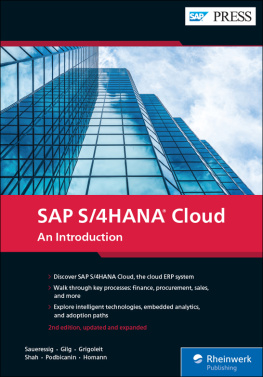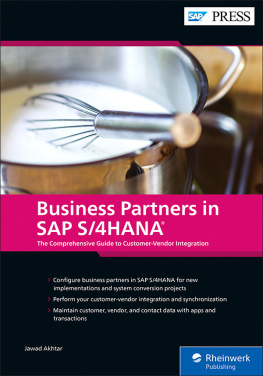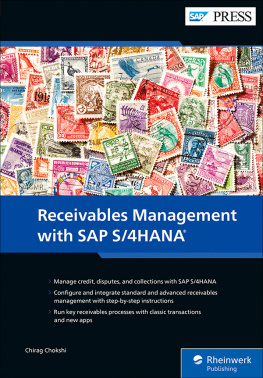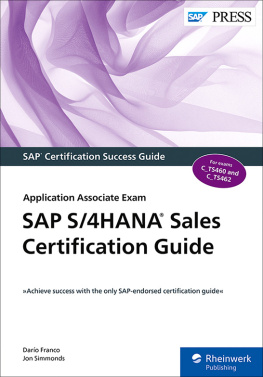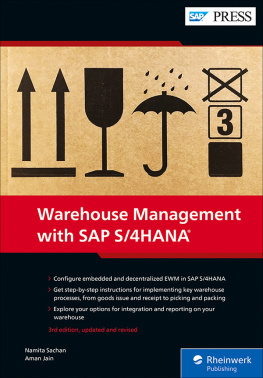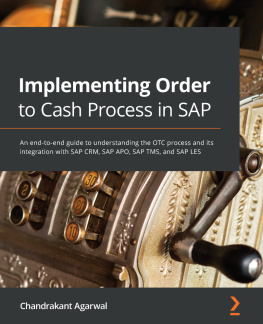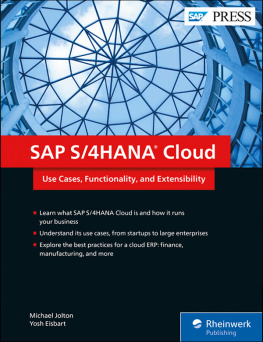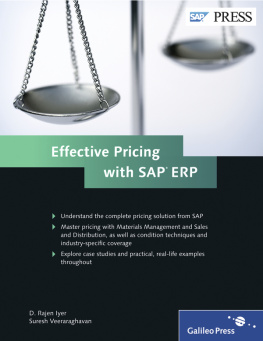Consumers need to keep up with change. Everything from our phones to our cars to our (smart)watches are getting updated, and new versions of the products we rely on most are released every year. Deciding when its worth it to spend your money is more complicated than ever.
I had an expensive encounter with this question during the past year, when I accepted that my laptop, while not yet a dinosaur, was old enough to significantly slow my workday. A newer model with improved RAM and processing speed meant I could do my job better. But while I typically wait until I need the next update (as an editor, I genuinely need my machine to open files without breaking a sweat!), others in my family occupy opposing ends of the spectrum: My father has never purchased a smartphone because he prefers his old-school flip phone, while my mother upgrades her iPhone version nearly every year to make the most of all the new bells and whistles. Keeping up with change is a question of which updates meaningfully improve your daily life.
Its not just the goods being bought and sold that are getting updatedthe software supporting your organizations sales processes is constantly evolving. Each release of SAP S/4HANA Sales offers critical new features that reshape your SD processes, such as customer-vendor integration for the smooth conversion of business partner master data and sales condition contracts for the creation of sales rebates. This book has been updated and expanded to keep you on the cutting edge.
What did you think about this second edition of Configuring Sales in SAP S/4HANA ? Your comments and suggestions are the most useful tools to help us make our books the best they can be. Please feel free to contact me and share any praise or criticism you may have.
Notes on Usage
This e-book is protected by copyright . By purchasing this e-book, you have agreed to accept and adhere to the copyrights. You are entitled to use this e-book for personal purposes. You may print and copy it, too, but also only for personal use. Sharing an electronic or printed copy with others, however, is not permitted, neither as a whole nor in parts. Of course, making them available on the internet or in a company network is illegal as well.
For detailed and legally binding usage conditions, please refer to the section .
This e-book copy contains a digital watermark , a signature that indicates which person may use this copy:
Notes on the Screen Presentation
You are reading this e-book in a file format (EPUB or Mobi) that makes the book content adaptable to the display options of your reading device and to your personal needs. Thats a great thing; but unfortunately not every device displays the content in the same way and the rendering of features such as pictures and tables or hyphenation can lead to difficulties. This e-book was optimized for the presentation on as many common reading devices as possible.
If you want to zoom in on a figure (especially in iBooks on the iPad), tap the respective figure once. By tapping once again, you return to the previous screen. You can find more recommendations on the customization of the screen layout on the .
Preface
SAP S/4HANA is the latest release of SAPs enterprise resource planning (ERP) suite. Every year, SAP releases a new SAP S/4HANA version. Early on, we used to refer to the version by the year and month of release, that is, 1511 (November 2015), 1610 (October 2016), 1709 (September 2017), and 1809 (September 2018). Starting in 2020, the version now is just the year of release. These version numbers are the on-premise versions. SAP S/4HANA Cloud versions are also released on a quarterly release schedule (e.g., 1805). This book is written about the on-premise version of SAP S/4HANA 2020.
Although many users and consultants refer to the system simply as SAP (or just S/4), in this book, well use SAP S/4HANA when referring to system features regardless of whether these features are new. Thus, well allude to the fact that these features are all available in SAP S/4HANA 2020, so features described in this book may or may not be available in previous versions.
SAP HANA is the name of the in-memory database on which SAP S/4HANA is based and the source of the greatest improvements to the sales functionality over previous versions in terms of performance (i.e., response time). Many functionality improvements delivered in the earliest versions of SAP S/4HANA were made possible by the performance improvements brought about by the SAP HANA database.
In terms of deployment options, SAP S/4HANA is in line with previous versions where your company can take advantage of the complete configuration and enhancement capability of SAP. SAP S/4HANA Cloud, on the other hand, has limited configuration capability and almost no enhancement opportunity. SAP S/4HANA Cloud is suited for companies willing to adapt to the out-of-the-box configuration and willing to wait for some requirements to be incorporated into a future release by SAP Support Portal.
In this book, well use the on-premise version of SAP S/4HANA as our baseline. In other words, well refer to configuration and enhancements that can be made in the on-premise version. Well make occasional reference to SAP S/4HANA Clouds self-service configuration user interface (SSCUI) and the Manage Your Solution app from SAP Fiori where you can choose the Configure Your Solution option (mainly organizational structure configuration). This option is the SAP S/4HANA Cloud version of Transaction SPRO. So, if youre implementing SAP S/4HANA Cloud, this book can still be helpful, although our focus is on SAP S/4HANA.
Objective of This Book
The objective of this book is to describe how you can set up and run SAP S/4HANA functionalities related to the sales and distribution of goods and services, also known as the order-to-cash process.
Well provide a typical business process description where applicable, describe system configuration steps, and explore what is typically done by companies that use SAP. This information is important when implementing SAP for the first time (known as a greenfield implementation) or when reimplementing/upgrading an SAP system (known as a brownfield implementation).

